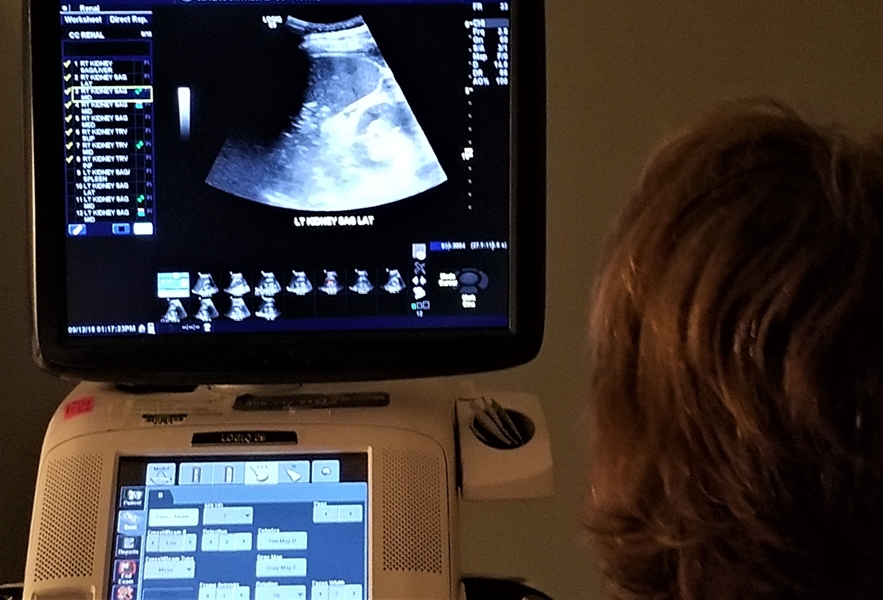Dr. Daniel Cameron: Inside Lyme Podcast
Kidney failure and disseminated rashes associated with Lyme disease
Hello, and welcome to another Inside Lyme Podcast. I am your host Dr. Daniel Cameron. In this episode, I will be discussing the case of a 66-year-old woman who ignored a Bull’s eye rash, indicative of Lyme disease, and later developed acute renal failure, also referred to as kidney failure.
Mishra and colleagues described this case, entitled “Disseminated Erythema Migrans,” in the American Journal of Medicine. [1]
CASE REPORT: Kidney failure, disseminated rashes associated with Lyme disease
Over a two-week period, a 66-year-old woman with a history of obesity, hypertension, and hyperlipidemia, developed fever and malaise.
One month earlier, she reportedly had a tick bite on her right groin. “A few days later she noticed a bull’s eye lesion over the same area which she ignored,” the authors explain.
READ MORE: Doctors recognize Lyme disease in a patient with kidney disease
I can’t tell you how many patients I have had in my practice who ignore the importance of a tick bite or a rash.
The woman developed clear findings of disseminated Lyme disease. She had “high grade, intermittent fever, malaise, and fatigability,” along with “multiple, painless, red color skin lesions involving her arms, legs and lower back,” the authors write.
Early disseminated Lyme disease typically occurs shortly after a tick bite when the infection has spread throughout the body.
The patient was hospitalized and found to have unexplained acute renal failure (or kidney failure) with a creatinine of 4.49 mg/dl. Normal levels are closer to 1. (Dialysis is typically necessary if the creatinine were to stay over 5.)
The woman’s IgM Western blot test was positive which is expected in early Lyme disease.
She was treated clinically with IV ceftriaxone and oral doxycycline. “Her renal functions improved following hydration, antibiotics, and discontinuation of her losartan and non-steroidal anti-inflammatory drugs,” the authors explain.
The following questions are addressed in this podcast episode:
- What is the importance of the rash in this case?
- When does an EM rash typically appear?
- A rash will fade after a few days? Does this mean that Lyme disease is no longer a concern?
- This patient had multiple disseminated rashes. How common is this and what does it indicate?
- Does a rash always appear at the site of the tick bite?
- What is the risk of Lyme disease from a tick?
- What is the risk of Lyme disease once a rash is identified?
- How often are there treatment delays, even when a rash is present?
- What types of treatment delays have you seen?
- What are the consequences of delayed treatment?
- Have you seen kidney failure associated with Lyme disease?
- Could this patient’s hospitalization and kidney failure have been prevented?
- Have you seen kidney failure in dogs associated with Lyme disease?
- Do you feel treatment was appropriate in this case?
- What can we learn from this case?
- Thanks for listening to another Inside Lyme Podcast. You can read more about these cases in my show notes and on my website @DanielCameronMD.com. As always, it is your likes, comments, reviews, and shares that help spread the word about Lyme disease. Until next time on Inside Lyme.
Please remember that the advice given is general and not intended as specific advice as to any particular patient. If you require specific advice, then please seek that advice from an experienced professional.
Inside Lyme Podcast Series
This Inside Lyme case series will be discussed on my Facebook and made available on podcast and YouTube. As always, it is your likes, comments, and shares that help spread the word about this series and our work. If you can, please leave a review on iTunes or wherever else you get your podcasts.
References:
- Mishra AK, Hashmath Z, Oneyssi I, Bose A. Disseminated Erythema Migrans. Am J Med. 2020 Feb 13. pii: S0002-9343(20)30114-5.





Join the Lyme Conversation
(Note: comments are moderated. You will see your comment after it has been reviewed.)